Scientists estimate that non-verbal communication may account for 65% or more of our total messaging. So, it is quite important to be able to interpret the signals we see others giving us, and also to understand the messages we may be sending through body language and more.
Body Language and Hidden Messages
Body language can include everything from facial expressions to physical posture.
The way someone feels may show in their eyes, or stance, or even in the way they sit in a chair. The signals are subtle, but evident if we know what to look for.
If we truly seek to understand another person, paying attention to their body language can help.
Understanding body language can also help us to understand the signals we may be sending to others.
It’s also interesting to note that body language is somewhat universal, around the globe.
Although we may not understand a language someone is speaking, we may often be able to get a sense of what they are feeling by watching their facial expressions.
At the same time, it can sometimes be challenging to interpret body language because many of the signals we send and receive can be quite ambiguous.

The term “body language” is a bit misleading
Usually, when we think of language, we think in terms of conscious forms of communication.
We learn other languages (for example, American Sign Language) for the explicit purpose of communicating with others who are fluent in that language.
But body language is very different.
It’s true, we can deliberately shape our faces into a specific expression if we choose.
And we can assume various postures or stances, purposefully, if we decide we want to appear a certain way. But genuine body language is unconscious.
We don’t control it.
Our natural body language can be described as our brain’s way of broadcasting what we truly feel.
If you think about it, body language may actually be one of the easiest ways to gauge the underlying emotions of others.
Especially others who we do not trust, or don’t know well.

Body Language and Lying
Body language can be a revealing indicator of when someone is lying, as nonverbal cues often betray the truth.
When people deceive, they may exhibit telltale signs in their body language, such as avoiding eye contact, fidgeting, or displaying nervous gestures.
These behaviors often stem from the discomfort of withholding the truth.
Liars may also use closed-off postures, such as crossed arms or turning away, as they subconsciously attempt to create a barrier between themselves and the person they are lying to.
Paying attention to body language can be a valuable tool in detecting deception.
Body Language and Our Eyes
Our eyes are one of the most expressive features on our face.
Most of us quickly notice if someone makes eye contact with us.
Eye contact inspires confidence and conveys sincerity.
But intense eye contact makes us uncomfortable.
If someone maintains eye contact too long or too directly, we may feel the need to look away – our bodies send the signal to our eyes that we need some space, and without us consciously doing a thing, we avert our eyes to break the stare.
When we do look away, it can be misinterpreted by others: looking away can signal we are not interested, or that we are being dishonest.
Our eyes also send other clues about how we’re feeling.

If we blink too much, is can mean we are nervous or stressed; if we don’t blink often, it can mean we’re trying to mask our true feelings.
Looking up and to the right may mean we’re lying; but looking up and to the left may mean we’re trying to remember something.
Body Language and Our Mouth
Another facial feature that often gives us away is our mouth.
Smiling and frowning are pretty basic, but there are subtle variations that can convey much more.
For example, a sad frown vs. an angry scowl.
Biting our lips can mean we are worried. Tightly closed lips can mean we’re displeased.
And, perhaps most telling – a covered mouth.
When someone covers their mouth while speaking, it can mean they are ashamed; but it can also mean that they are lying or hiding their true feelings.
I think some of us are more intuitive about reading other’s body language.
We innately know what someone feels by the way they move their eyes or the way the direction they are looking.
Now imagine that same person is speaking words that indicate the exact opposite of their body language. Is it any wonder we’re confused by each other so often?
How to Tell a Real Smile vs a Fake Smile
Perhaps the most important mouth related expression is the smile. But how can we tell when a smile is real, genuine and sincere? How can we tell when a smile is fake?
When trying to tell a real smile from a fake one, it’s actually more important to pay attention to the eyes than the mouth.
A genuine smile, also known as a Duchenne smile, is characterized by the contraction of the muscles around the eyes, resulting in “crow’s feet” or wrinkles at the corners of the eyes.
In contrast, a fake smile usually only involves the muscles around the mouth, without any noticeable changes around the eyes.
A real smile is also often more spontaneous and lasts longer, reflecting genuine positive emotions, whereas a fake smile may appear forced and quickly disappear once the person stops posing.
By observing these subtle cues, it’s possible to differentiate between a real smile and a fake one.

Body Language and Communication
Learning more about body language may help to clear up some of the confusion.
It can help us read other people’s feelings better, which in turn will help improve communication and relationships.
Because we all want to be understood – but may not be brave enough to say what we are truly feeling.
One way to gauge how another person feels is to pay attention to how much they mimic your body language.
For example, if you’re in a meeting or on a date with someone, rest your arm on the table. Wait.
Does the other person rest their arm on the table too? That’s a good sign – they want your relationship to be a positive one.
Body Language and Our Feet
Similarly, you can sometimes tell what’s going on in someone’s head by looking at their feet!
People tend to try to control their facial expressions, but are less conscious of what their feet are saying. So the way someone’s feet are placed can be illuminating.
For example, if someone has their feet planted firmly, facing you, that’s a good sign – they probably like you. If they’re talking to you, but their feet are facing in another direction – not so good.
They want to be talking to someone else!
Like our feet, our hands can also disclose secrets. Are your hands in your pockets?

Maybe you’re nervous – or maybe you are hiding something.
Are you holding something in your hand between us?
Maybe you are feeling like you need protection or want to block me out.
Holding your head up with one hand, leaning on an elbow – you’re probably trying to focus.
But holding your head up with both hands? You’re probably bored!
This is all just the tip of the iceberg, when it comes to body language.
It’s easy to see why understanding body language can be useful to us both in our personal and professional lives.

Frequently Asked Questions
What can body language reveal about a person?
Body language can offer valuable insights into a person’s emotional state, level of comfort, and even their honesty.
For example, crossed arms and lack of eye contact may indicate defensiveness or discomfort, while open and relaxed postures typically signal a sense of ease and openness.
How can I improve my own body language?
Being mindful of your own body language is a powerful tool for enhancing your communication skills.
Simple adjustments, such as maintaining good posture, making eye contact, and using open gestures, can convey confidence and attentiveness to those around you.
Are there cultural differences in body language?
Indeed, cultural norms and interpretations of body language can vary significantly.
It’s important to be mindful of cultural differences when interpreting nonverbal cues, as gestures that may be innocuous in one culture could hold completely different meanings in another.
Can body language be used to detect deception?
Yes, body language often provides subtle clues that can betray when someone is lying or being deceptive. Common signs include avoiding eye contact, fidgeting, and displaying nervous gestures.
However, it’s key to interpret these signals in context and not rely solely on body language to accuse someone of deceit.
How can I become better at reading body language?
Improving your ability to interpret body language and other nonverbal cues takes practice and attentiveness.
Pay close attention to people’s gestures, facial expressions, and posture during conversations.
The Importance of Body Language
Our communication clearly extends beyond words and our body language and nonverbal cues deliver critical messages.
Being able to interpret and use body language can enhance our interpersonal relationships, foster understanding, and convey emotions more effectively.
By recognizing the power of body language and honing our ability to read and respond to nonverbal signals, we unlock a deeper level of communication that transcends spoken language.
Body language is a fascinating aspect of human interaction that holds the potential to provide profound insight into thoughts, emotions, and intentions.
Thank you as always for reading.
If you haven’t yet subscribed, please visit KindCompassCoach and enter your email address so you never miss a post.
As Amazon Associates, we may receive a small commission (at no cost to you) for items purchased through links in this post.

Joan Senio is the founder of Kindness-Compassion-and-Coaching.com. Joan’s career includes clinical healthcare plus 20+ years as an executive in a nationwide health care system and 15 years as a consultant. The common threads throughout Joan’s personal and professional life are a commitment to non-profit organizations, mental health, compassionate coaching, professional development and servant leadership. She is a certified Neuroscience Coach, member of the International Organization of Life Coaches, serves as a thought-leader for KuelLife.com and is also a regular contributor to PsychReg and Sixty and Me. You can read more about Joan here: Joan Senio.


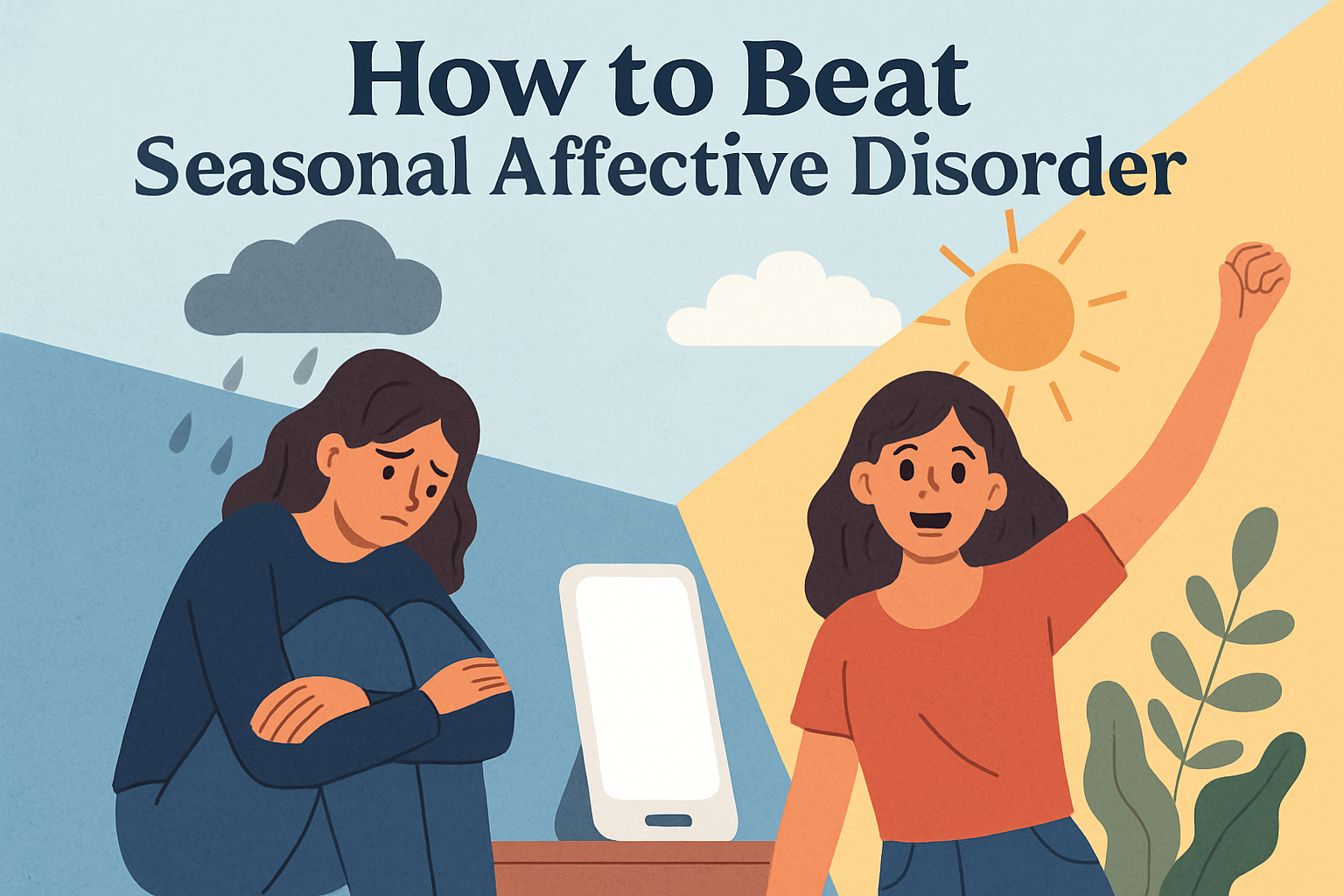


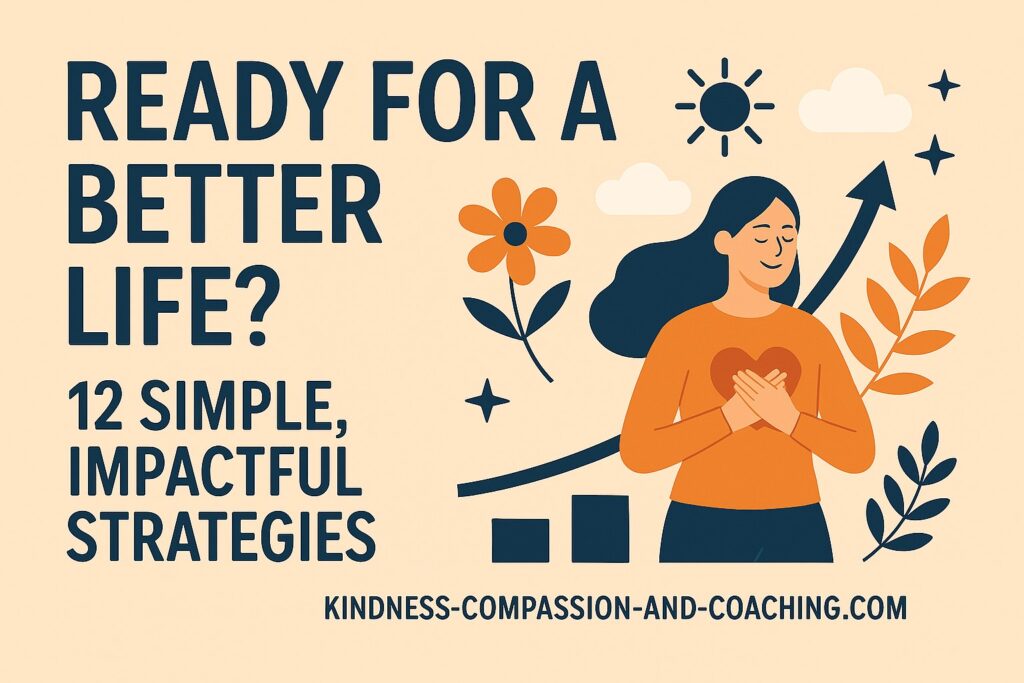
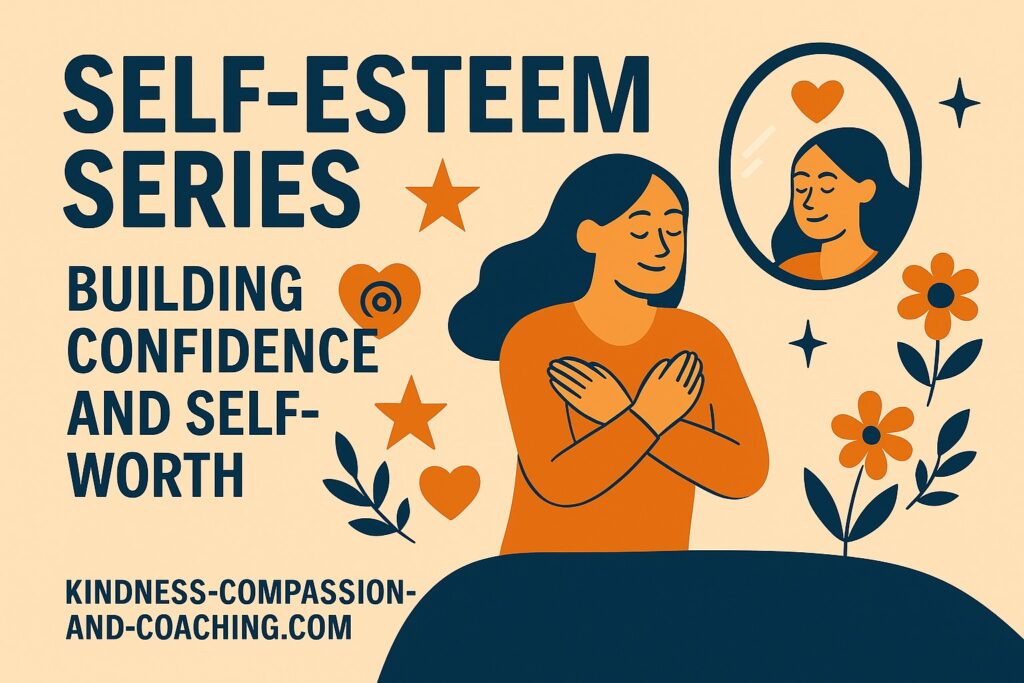
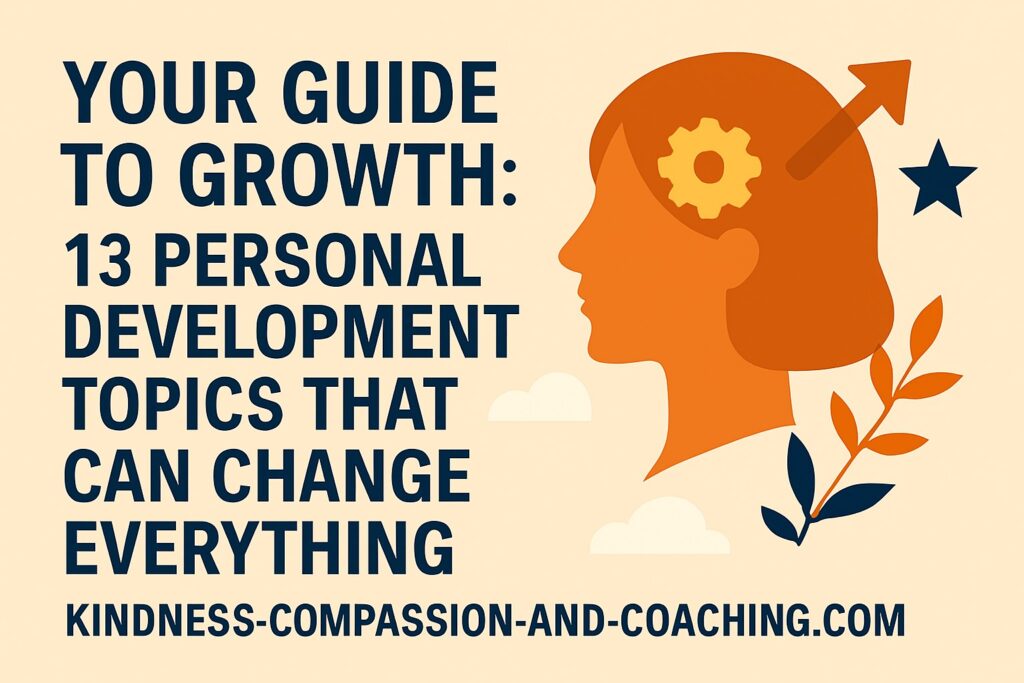
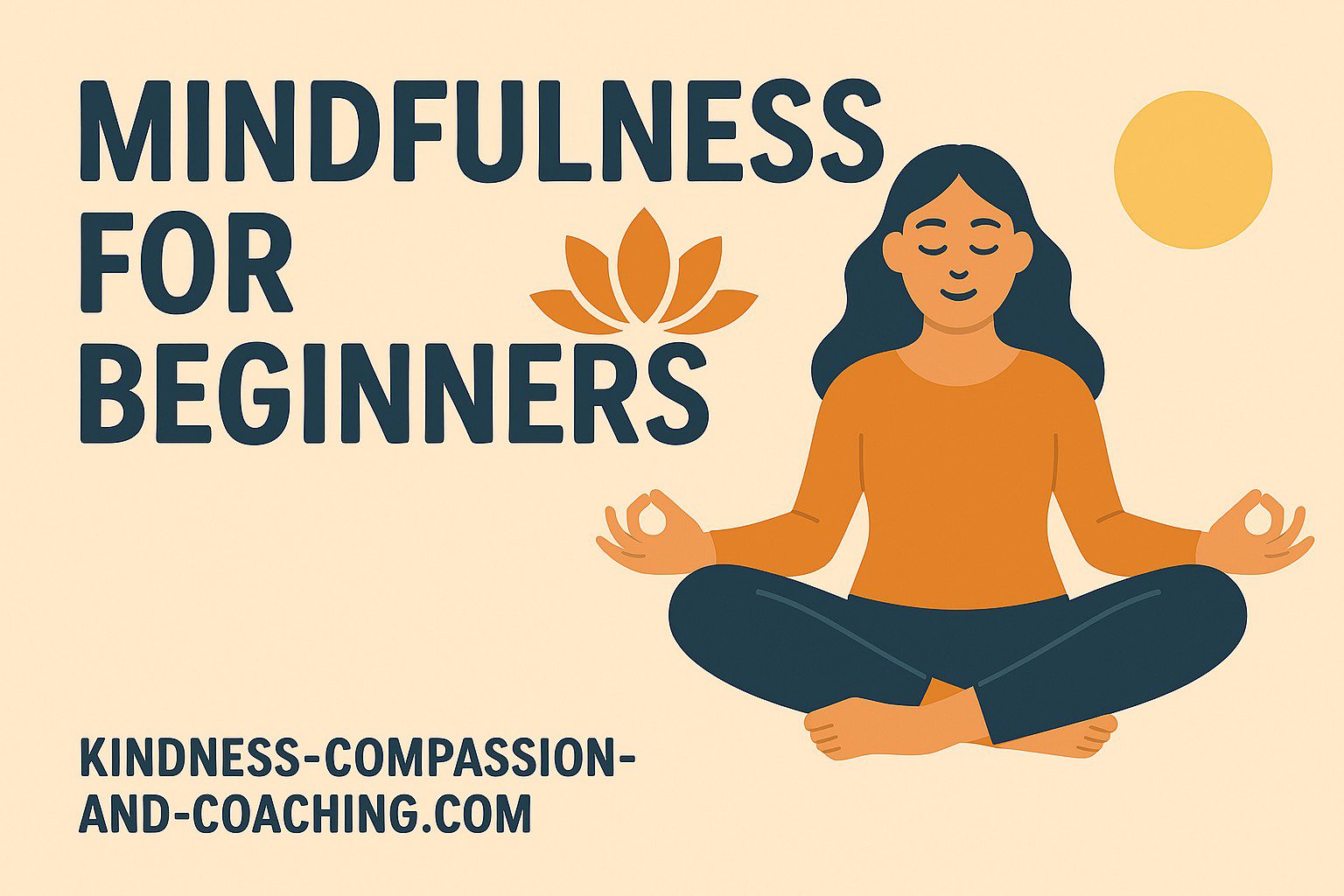
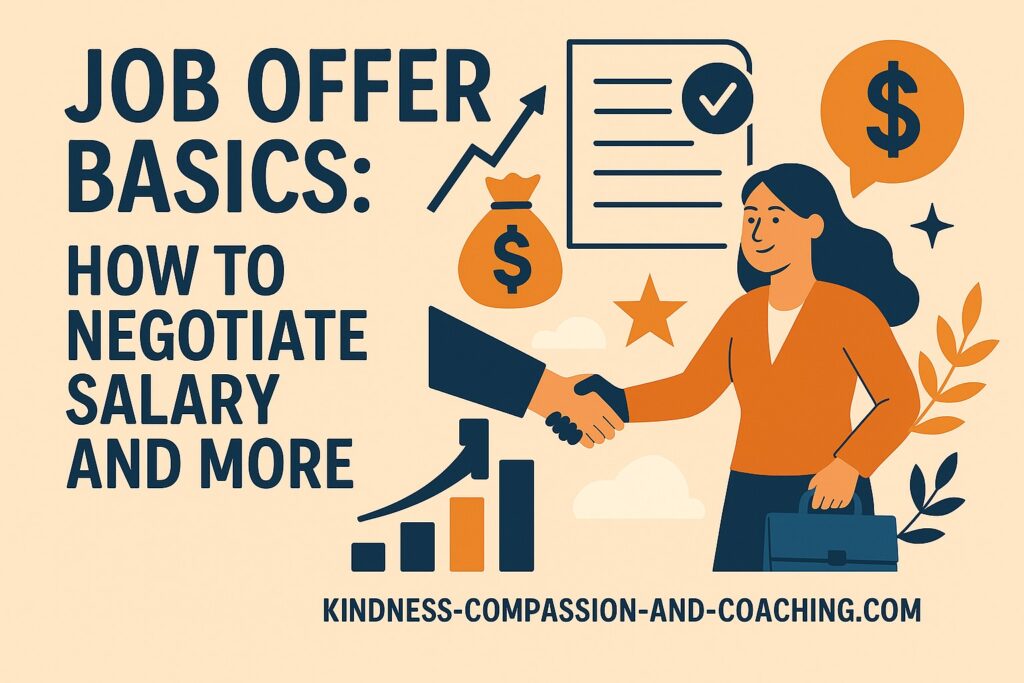

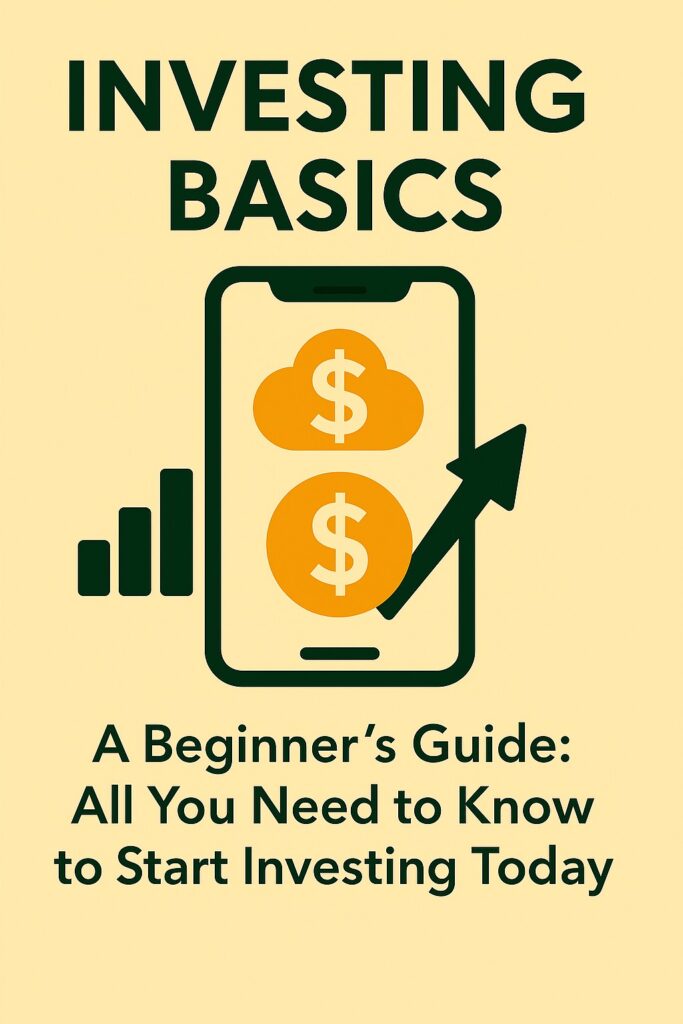
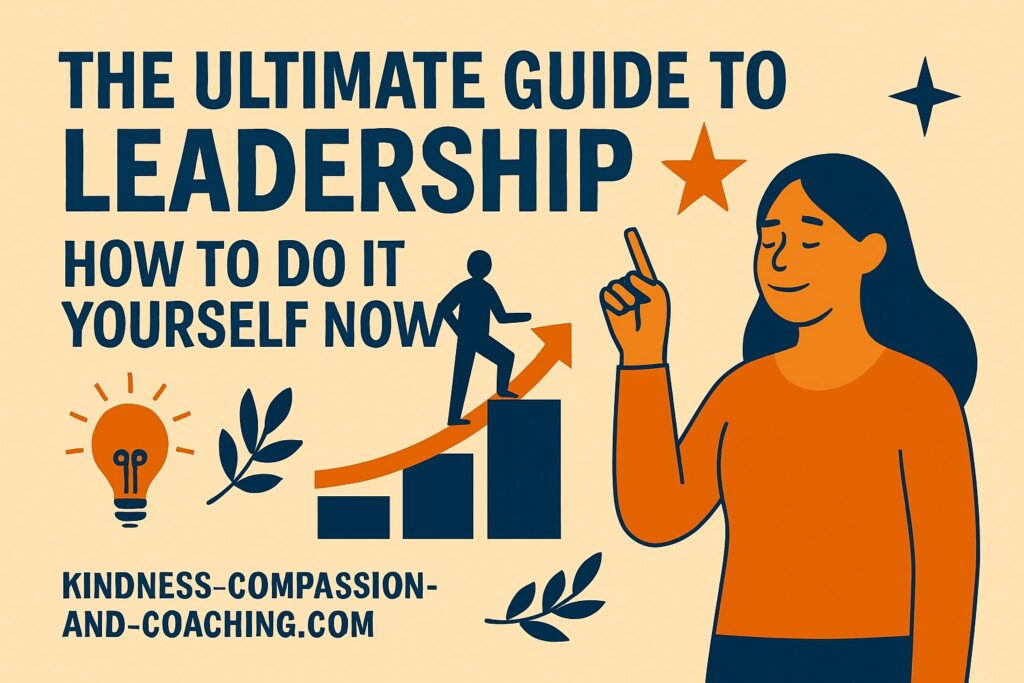



3 Responses
Body language is really interesting, it can certainly tell you more than you think. It can definitely be important. | lanalikes.com
Great informative post. I never knew you could tell so much from body language alone
Interesting. I incorporate reading people’s body language in my line of work being a relationship coach. You can tell a lot by the person’s facial expressions and it helps for better feedback to the client. Thanks for posting.